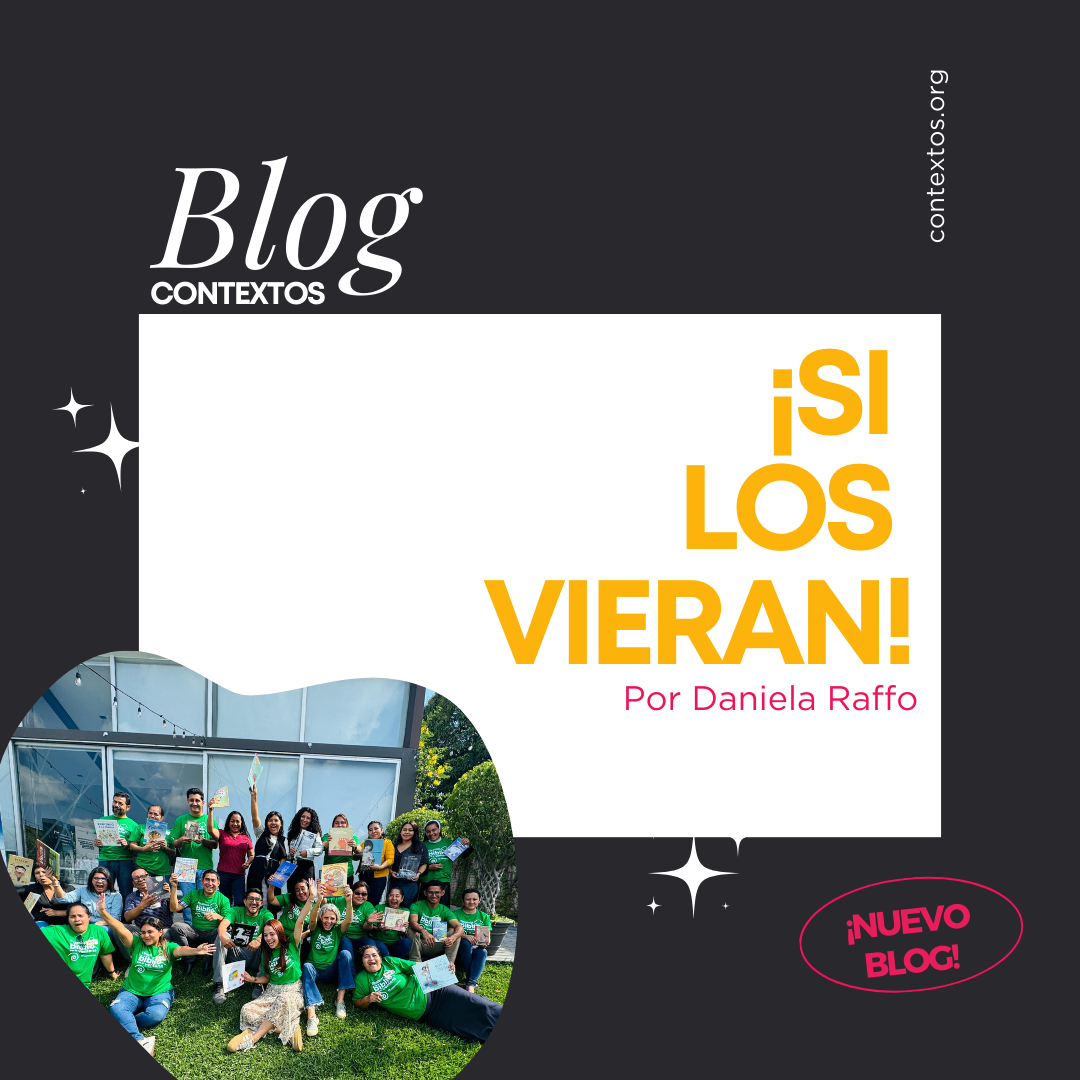julio 1, 2014 by ConTextos
47,000 UNDOCUMENTED YOUTH HAVE CROSSED THE SOUTHERN BORDER OF THE US SINCE OCTOBER. MOST FROM CENTRAL AMERICA.
I look at the image above, a screen shot from a CNN piece about this “humanitarian issue” and immediately notice that this kid—maybe Salvadoran or Guatemalan or Honduran—is having an experience in a refugee camp that she probably never had in her home country:
Coloring with markers.
Access to authentic texts and books to read, play, discuss, and enjoy.
Originally, reports stated that migrants were fleeing gang violence and poverty. Now, more and more reports state that these young people aren’t just fleeing the country of origin, but running toward an opportunity for citizenship in the USA as part of migration reform. Some reports claim that drug lords and cartels have intentionally spread rumors about lax migration to distract border patrol in order to traffic drugs and people.
Honduras, El Salvador and Guatemala now have the highest per-capita murder rates in the world; crime and insecurity are comparable to war-ravaged countries.
As I write this from our office in El Salvador, my staff reminds me not to stay too late, not to be alone. Here, you can never be sure of safety, even in our safe neighborhood, even with my immense privilege: Gringas aren’t usually the target; we get too much press and attention if anything happens. It’s the poorest who suffer most from the rampant violence and extortion.
Absolute poverty here in El Salvador isn’t as bad as Africa or Asia, but the violence and desperation are just the same. Latin America suffers the worst inequality of any region in the world.
It’s so bad, that parents let their kids walk alone through Mexico, across one of the most violent regions in the world, to seek a better opportunity. Kids as young as two are escorted—and sometimes abandoned, and often abused— by strangers. How bad must it be if families are willing to take this kind of risk?
For years, Mexicans and Central Americans have comprised the bulk of undocumented migrants in the States. Now, their kids have become the US’s greatest refugee crisis.
Resettling and caring for these Central American children could cost up to $2.28 billion next year, reported The Los Angeles Times; the number of child migrants could grow to 130,000 in 2015, according to Obama officials.
I don’t know how to solve migration reform in my home country. I don’t know for sure how to end the epidemic of violence that has flourished for three generations in El Salvador.
But I do know for sure that every possible solution involves investing more in schools and education in the countries of origin.
From Central America, kids shouldn’t have to walk across Mexico to gain access to a book or a pen. They shouldn’t have to suffer to earn the right to share their story. These kids—and their parents and communities—deserve schools that encourage their thoughts and ideas; schools where reading and writing, drawing and talking are the norm.
It’s time to start hearing stories from Central America that aren’t tragic. It’s time to invest in kids’ education so that have happy stories to tell, and the skills to share them with the world.
Recent Posts

¡Si los vieran!
Por Daniela Raffo ¡Si los vieran! Bailando, sentados en el piso, poniéndose de acuerdo en qué libros usar o qué actividad hacer. ¡Si las vieran!…

¿Me puede contar una historia?
“Había una niña que empezó, acá, en la escuela desde parvularia. Ella se llevaba libros a su casa y en una libreta dibujaba la mejor escena…

Los libros que viajan con Luz
Por Laura Flores Es de mañana, un día cualquiera en Jocoaitique, departamento de Morazán. Luz mira cómo una señora mayor llegar a la biblioteca, toma…


